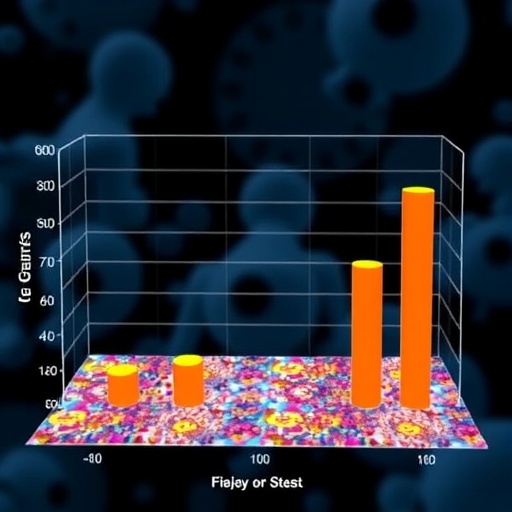Research could help experts more accurately classify which patients with atrial fibrillation are at a higher risk of stroke
MINNEAPOLIS, MN- January 25, 2019 – Atrial fibrillation (AFib) is associated with a 5-fold increased risk of stroke. Nearly 3 million Americans are living with AFib. For years, researchers have been looking for ways to reduce the risk of stroke for this patient population. In a recent article published in Circulation, Lin Yee Chen, MD, MS, Associate Professor with tenure, Cardiovascular Division, in the Department of Medicine with the University of Minnesota Medical School demonstrates how to improve the prediction of stroke in patients with AFib.
The CHA2DS2-VASc score is a prediction tool that is commonly used to stratify the risk of stroke in patients with AFib. In this article, Dr. Chen and colleagues reported that in people with AFib, abnormal P-wave indices during sinus rhythm are associated with stroke independent of CHA2DS2- VASc variables. They did this by investigating groups of P-wave indices and tested their association with the risk of stroke in two population based cohort studies known as ARIC and MESA. They also came up with a scoring system known as P2-CHA2DS2-VASc score.
“We now possibly have a better scoring system that we can use to more accurately classify which patients with AFib are at higher risk of stroke, and who may require treatment to prevent stroke,” explained Dr. Chen.
This discovery was a culmination of years of work, which grant funding (R01HL126637 and R01HL141288 from the National Heart, Lung and Blood Institute) allowed Chen to take to the next level.
“We hope to transform care for patients with AFib, but there is still additional research to be done,” said Chen. “For example, we need more studies to confirm the reproducibility of P wave axis. In other words, if I did an ECG today and I repeat the ECG one week later, will it report the same number for the P wave axis?”
This discovery by Chen and colleagues is an important step and one which could have a big impact on the management of AFib because the P2-CHA2DS2-VASc score is easy to use and can be applied to a very wide community.
###
About the University of Minnesota Medical School:
The University of Minnesota Medical School is at the forefront of learning and discovery, transforming medical care and educating the next generation of physicians. Our graduates and faculty produce high-impact biomedical research and advance the practice of medicine. Visit med.umn.edu to learn how the University of Minnesota is innovating all aspects of medicine.
Media Contact
Krystle Barbour
[email protected]
612-626-2767




